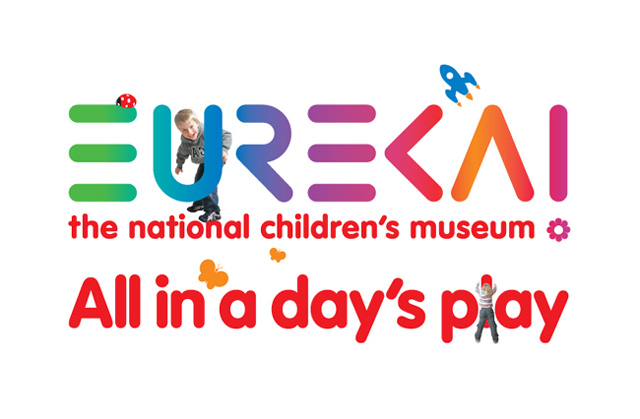The one indisputable fact about play is that it transcends time, geography and culture – children everywhere play and have played since the beginning of time. Children literally can’t stop themselves from playing because it’s as natural as eating and sleeping, and equally essential to healthy growth and development. But unlike eating and sleeping, play is the one thing that children like to do without encouragement from adults. In fact, research shows that children play even when it’s actively discouraged by adults.
But when it comes to museums, play is probably not the first thing that comes to mind. Although things have certainly moved on, especially with Kids in Museums, there still exist many museums where children are not very welcome, and where they are the admonishments to be quiet and not to touch anything are, unfortunately, the memories they take away with them.
Of course children’s museums turn the world upside down in this respect and encourage lots of active, noisy engagement where playing and touching is absolutely required. More than anything else, it is the emphasis on play and the application of relevant academic theories of learning and child development (Piaget, Vygotsky, Bruner, Gardner), and methodologies of play-based learning that sets Eureka! and all children’s museums apart from other, more traditional museum approaches to children.
When children play they learn as well as have fun; they experiment, collaborate, test ideas, communicate and express their thoughts. And because they enjoy themselves, they are far more likely to remember what they’re learning. When children come to Eureka! they come to play. Their families and teachers bring them to Eureka! because they know that they will learn while they play – everyone is happy! At the end of any visit, children have had a fun day out without it feeling like “learning”. Parents and grandparents leave satisfied that they have done something “productive” for their offspring and not wasted away an afternoon in mindless activity. And teachers are confident that the curriculum links have helped them move forward to meet their targets.
Another important distinction from the traditional museum, of course, is that children’s museums do not have a collection and therefore do not attempt to exhibit or interpret objects of any description. Children’s museums were originally an offshoot from traditional museums, beginning with the Brooklyn Children’s Museum which opened in 1899. Over time, and most notably initiated by the work of Michael Spock at the Boston Children’s Museum in the 1960s, the principles of hands-on interactive exhibits and active, participative, discovery-based learning gained favour and the collection faded into the background and a new play-based approach to children’s learning evolved. This has defined children’s museums ever since and resulted in their growth as a worldwide phenomenon.
So, without the need to display and interpret, to use objects as the focal point, children's museums are free to explore childhood and to create learning opportunities for children from an unlimited range of perspectives and disciplines. We are able to put the child at the centre, giving them choice and control over their play and creativity and fostering independence, self-confidence, self-esteem.
This post is taken from a recent talk given by Eureka! CEO, Leigh-Anne Stradeski at the Rethinking Children/Childhood in the 21st Century on 4-5 February 2010 at Birkbeck University London. To hear more, listen to the talk and view presenation slides






No comments:
Post a Comment